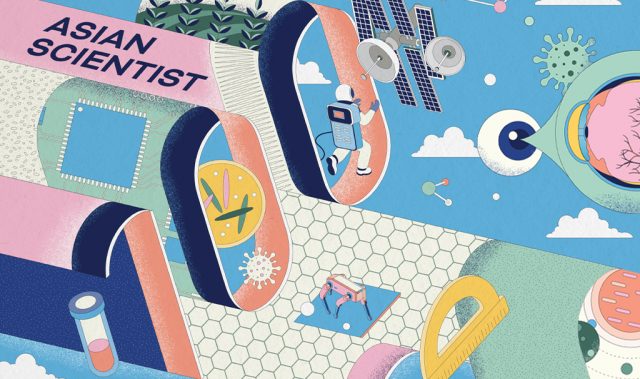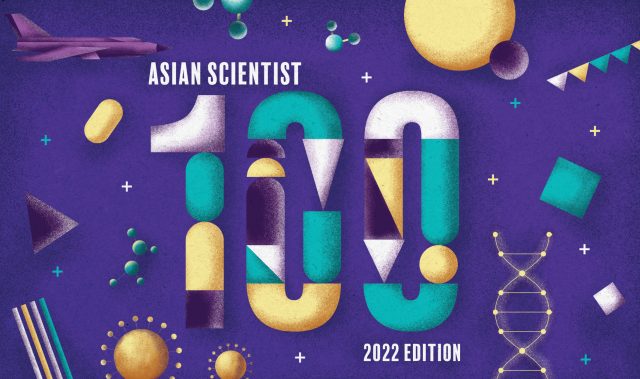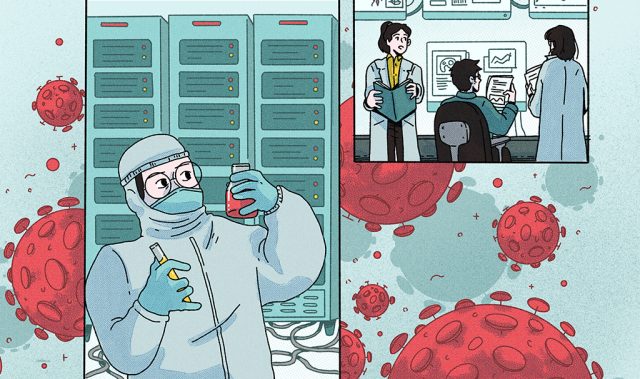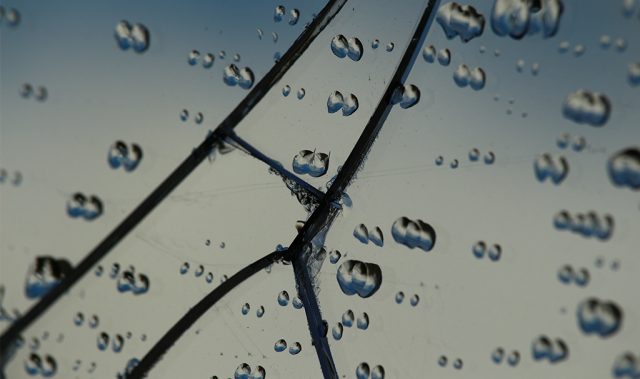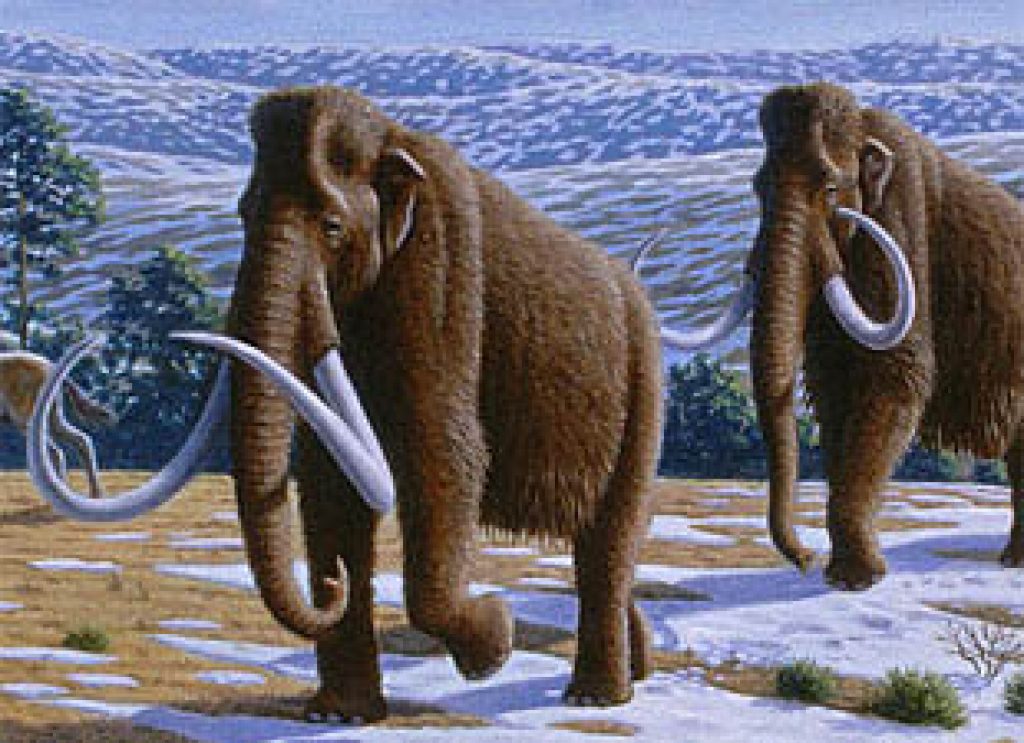
AsianScientist (Mar. 14, 2012) – A private South Korean research institute led by fallen stem cell scientist Hwang Woo-suk announced on Tuesday a collaboration with a Russian university to clone a woolly mammoth.
The agreement was signed between Russia’s North-Eastern Federal University and Hwang Woo-Suk’s Sooam Biotech Research Foundation, South Korea’s Yonhap news agency and Russia’s RIA Novosti news agency reported.
“We intend to carry out somatic cloning by implanting the genetic material of a mammoth that lived several thousand years ago into the egg of a modern female elephant,” a spokesperson for the Insitute of Applied Ecology in Siberia’s Yakutsk told RIA Novosti.
“The egg will then be placed into the womb of the elephant, who will bear the fetus for 22 months before hopefully giving birth to a live baby mammoth,” he said.
The ten-year-old baby woolly mammoth was discovered on the coast of the Laptev sea in 2011, and the permafrost-encased animal is thought to have lived 10,000 years ago.
Hwang’s trajectory from international science superstardom – at one point gracing Time Magazine’s 2004 People Who Matter list – to his well-publicized fall from grace has generated immense interest among scientists.
After evidence of fabricated data and embezzlement of research funds came to light in 2006, Hwang was dismissed by Seoul National University and given a two-year suspended prison term. He later founded the Sooam Biotech Research Foundation which is privately funded.
In February 2011, Hwang resurfaced in the media after news emerged that he was one of the 198 South Koreans evacuated from Libya after a nationwide revolt began.
The purpose of that trip was to sign a US$133 million contract with the Libyan government to build a stem cell research center near Tripoli, but the project never materialized.
——
Source: Yonhap news agency; RIA Novosti news agency.
Photo: 2008 Public Library of Science.
Disclaimer: This article does not necessarily reflect the views of AsianScientist or its staff.




